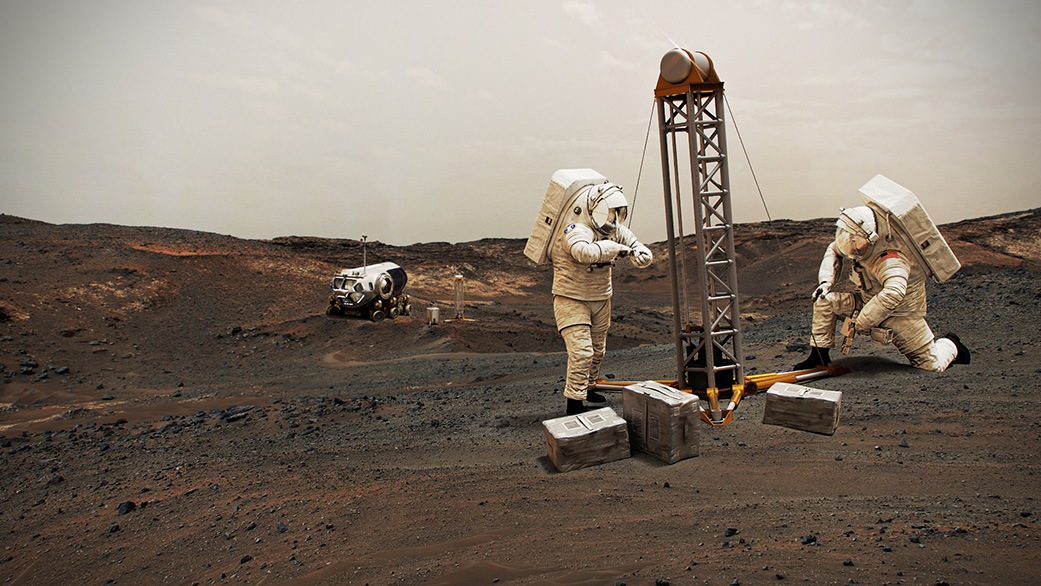
Monisha Ravisetti
Monisha Ravisetti is Space.com's Astronomy Editor. She covers black holes, star explosions, gravitational waves, exoplanet discoveries and other enigmas hidden across the fabric of space and time. Previously, she was a science writer at CNET, and before that, reported for The Academic Times. Prior to becoming a writer, she was an immunology researcher at Weill Cornell Medical Center in New York. She graduated from New York University in 2018 with a B.A. in philosophy, physics and chemistry. She spends too much time playing online chess. Her favorite planet is Earth.
Latest articles by Monisha Ravisetti

These 15 solar eclipse beers were brewed to sip in the path of totality
By Monisha Ravisetti published
A bunch of breweries in the path of totality for the April 8 total solar eclipse have created special beers for the surreal event.
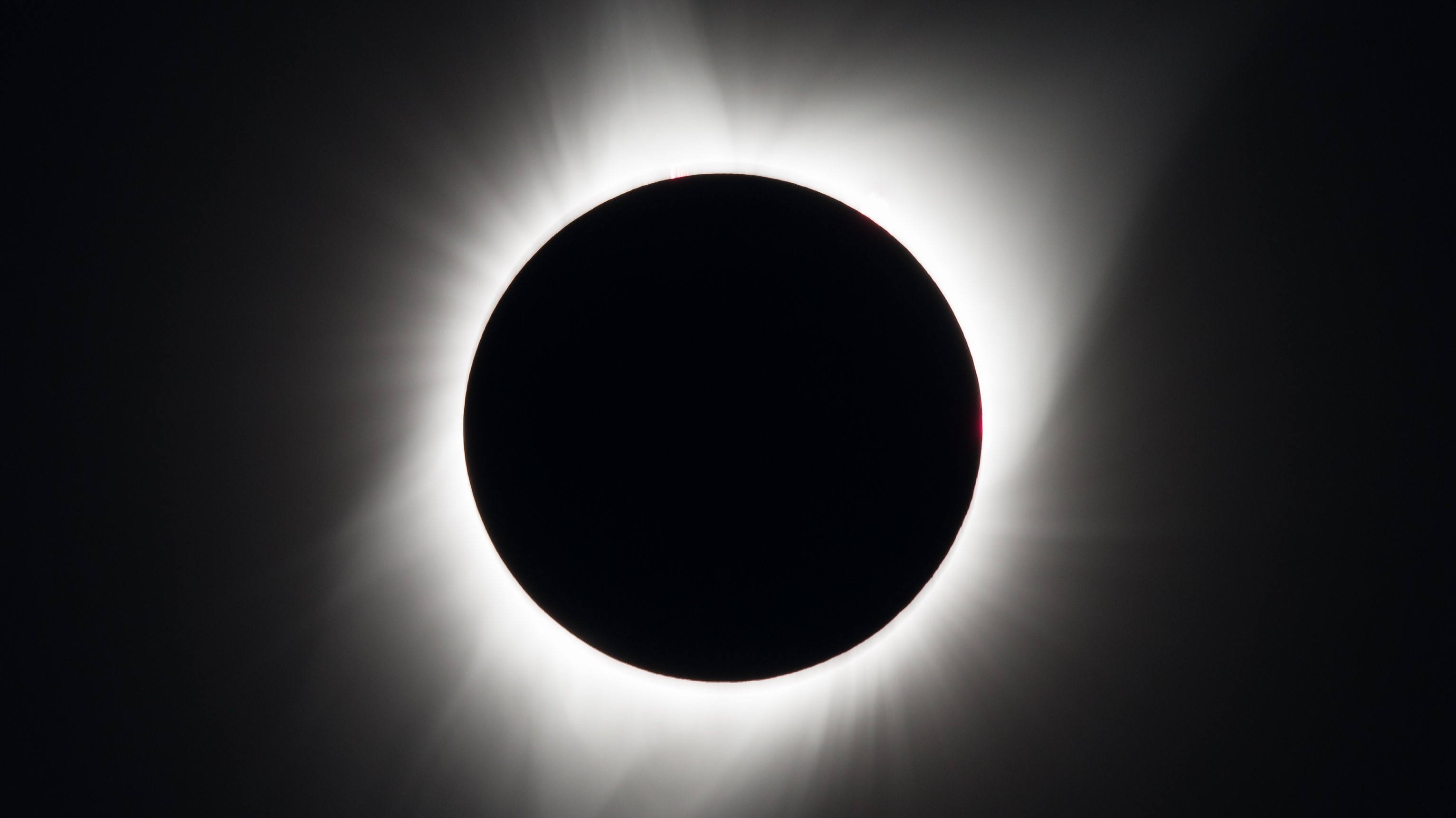
Warby Parker will give you free solar eclipse glasses for the big day on April 8
By Monisha Ravisetti last updated
Warby Parker will be handing out solar eclipse viewing glasses for free ahead of the total solar eclipse happening on April 8, 2024.
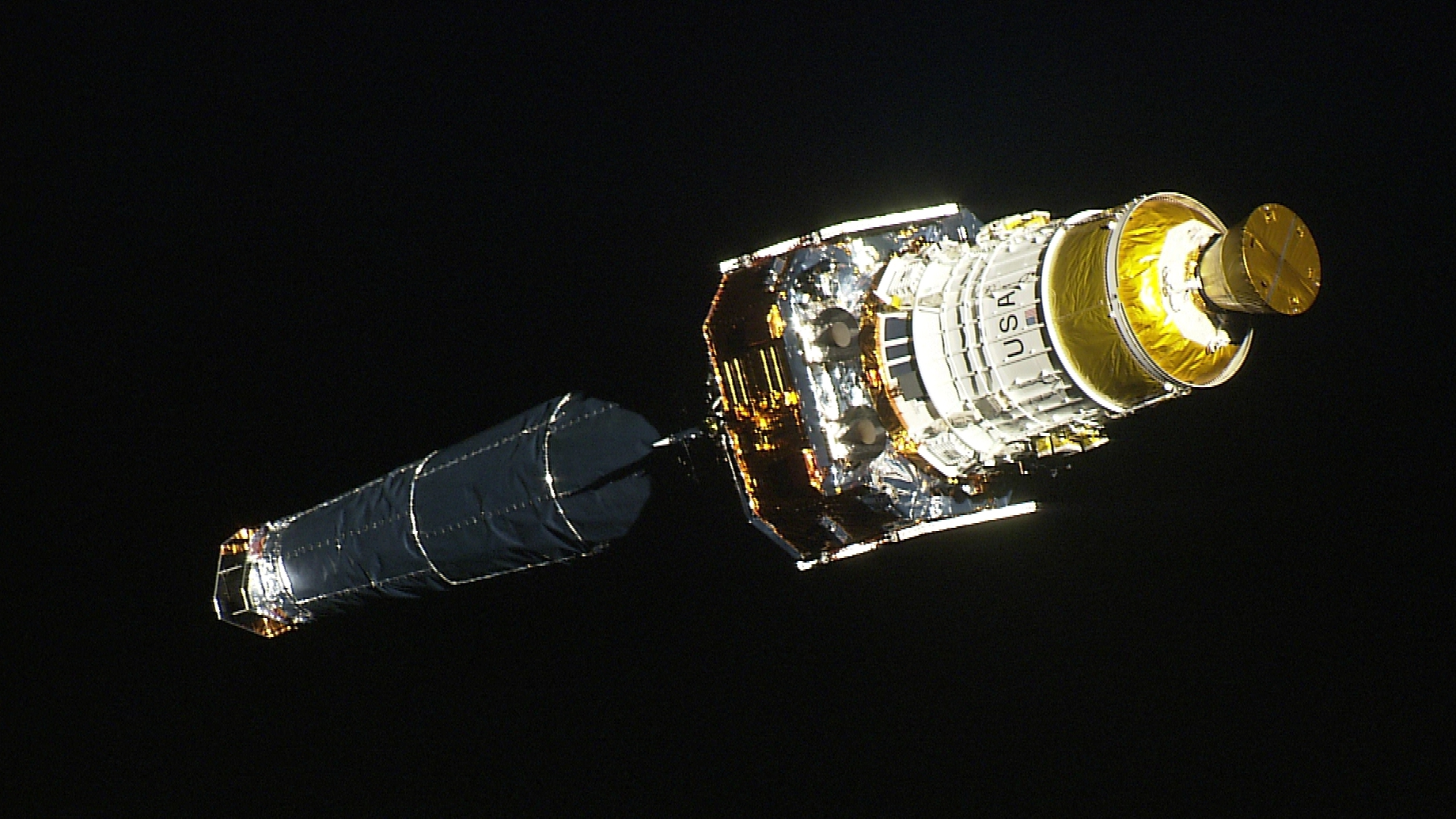
The Chandra X-ray spacecraft may soon go dark, threatening a great deal of astronomy
By Monisha Ravisetti published
NASA's recent budget request doesn't offer hope for a leading X-ray astronomy spacecraft. Scientists are pretty worried.

The James Webb Space Telescope is digging deep into the mysteries of gas planets
By Monisha Ravisetti published
Scientists are slowly getting to the bottom of how some of the universe's most mind-bending worlds came to be.
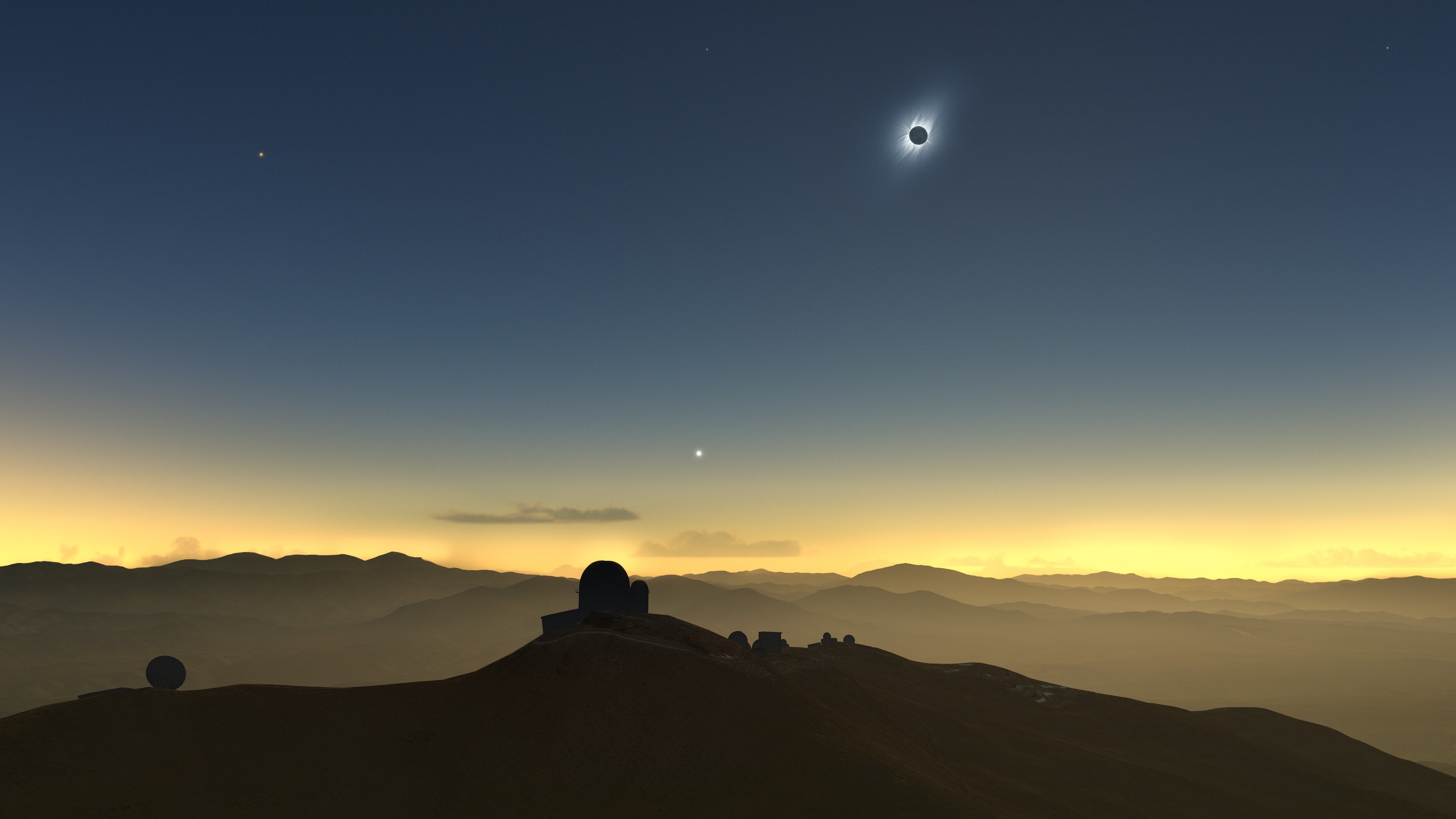
You could win a chance to watch 2024's total solar eclipse from a jet. Here's how
By Monisha Ravisetti published
Public charter jet service JSX has opened up a sweepstakes for its total solar eclipse flight in Dallas, Texas. There will be 6 winners, and each winner can bring a guest.
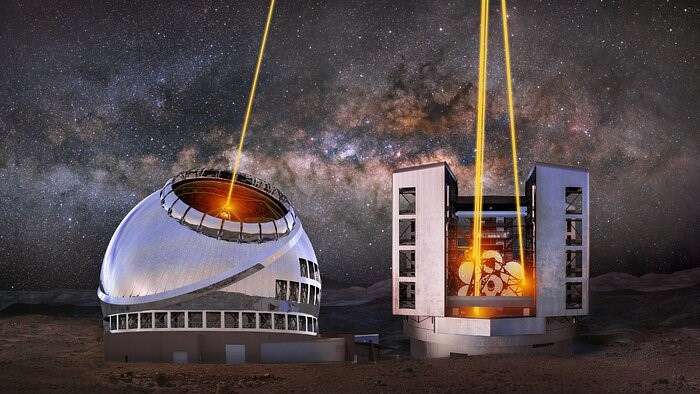
Why astronomers are worried about 2 major telescopes right now
By Monisha Ravisetti published
Scientists may only get to have either the Giant Magellan Telescope or the Thirty Meter Telescope. The problem? Both are already in the works.
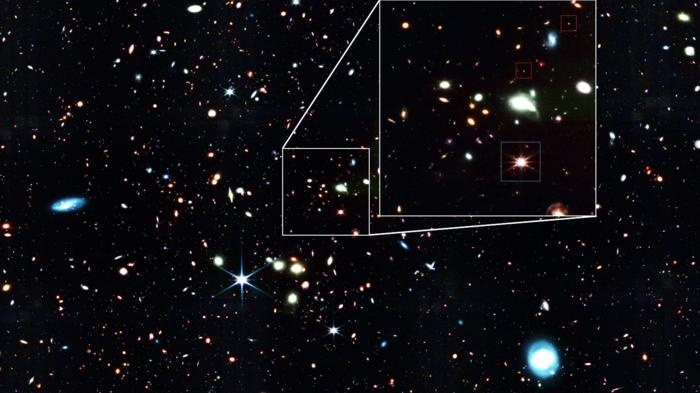
How do some black holes get so big? The James Webb Space Telescope may have an answer
By Monisha Ravisetti published
With help from the James Webb Space Telescope, scientists have identified a possible lead on how some supermassive black holes get so incredibly big.
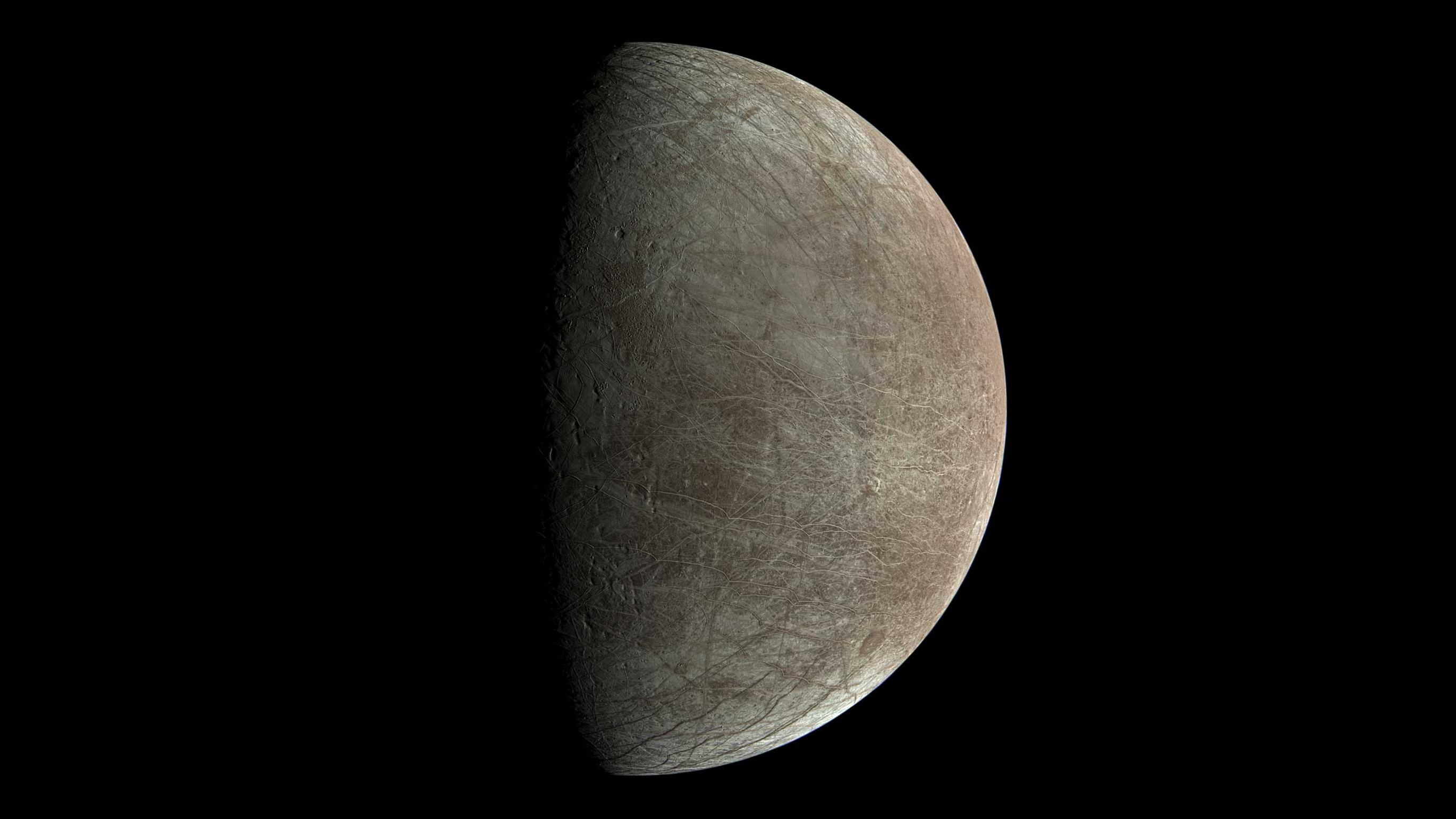
Jupiter's ocean moon Europa may have less oxygen than we thought
By Monisha Ravisetti published
NASA's Juno spacecraft helped scientists make the first direct measurement of molecular oxygen around Jupiter's moon Europa. The result is lower than some previous estimates.
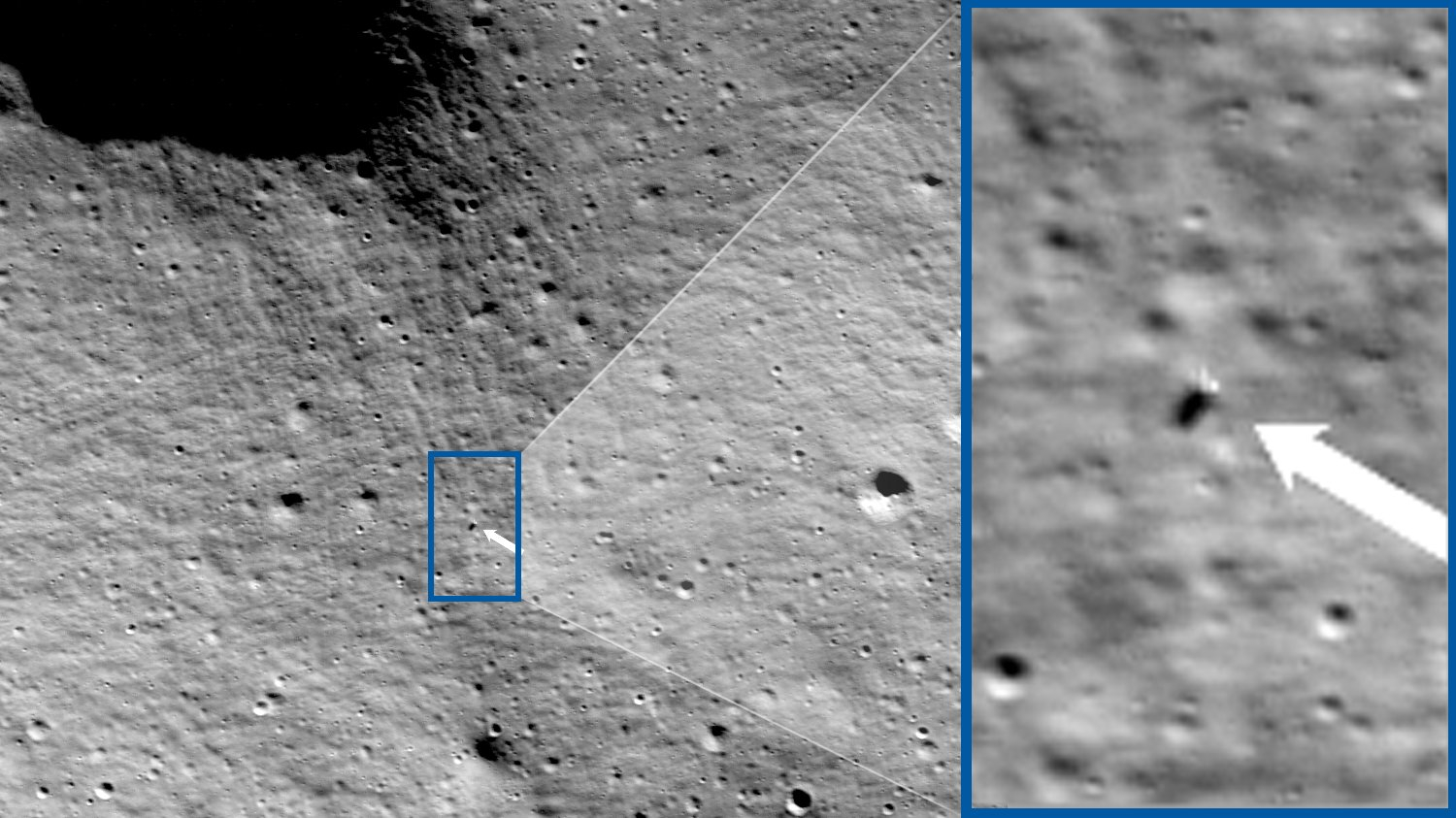
Intuitive Machines' Odysseus moon lander beams home 1st photos from lunar surface
By Monisha Ravisetti published
Intuitive Machines' Odysseus moon lander was the first private spacecraft to reach the lunar surface. We now have some images of what it sees as well as an update on its fate.
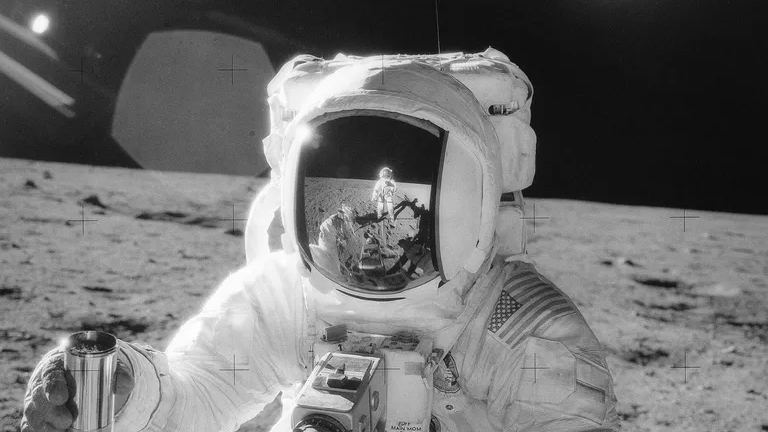
The 1st private moon landing just happened. Is it time for lunar law?
By Monisha Ravisetti published
Moon landings will continue to speckle humanity's future, and scientists are urging discussions of lunar ethics and policy.
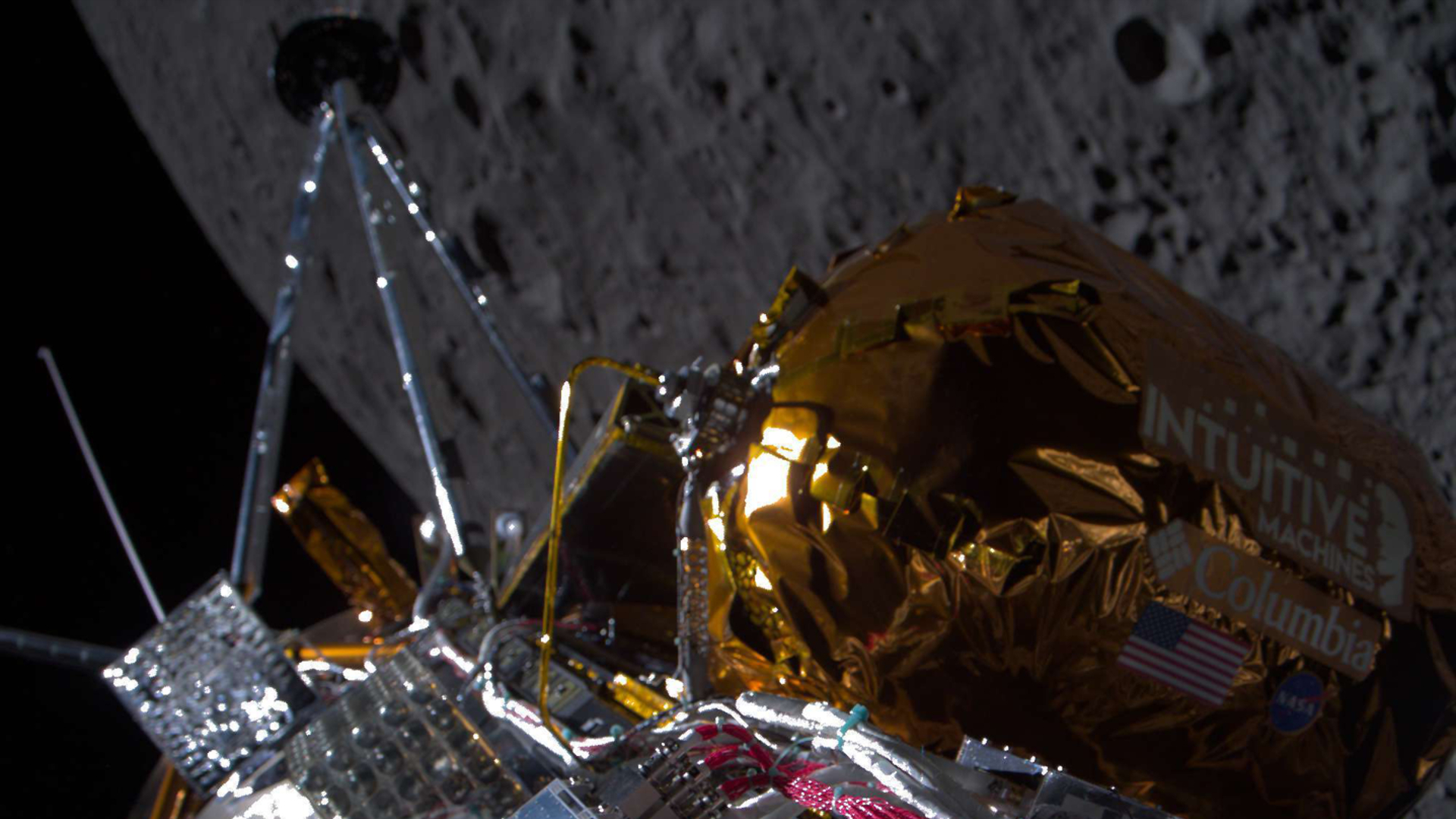
Intuitive Machines' Odysseus lander is alive and well on the moon
By Monisha Ravisetti published
Intuitive Machines became the first private company to land a spacecraft on the moon on Feb. 22. The lander appears to be alive and well, the company has confirmed.

Former Disney TV star Bridgit Mendler co-founds satellite 'data highway' startup
By Monisha Ravisetti published
Once known for her beloved roles on Disney Channel, Bridgit Mendler has re-introduced herself as a CEO in the space business game.
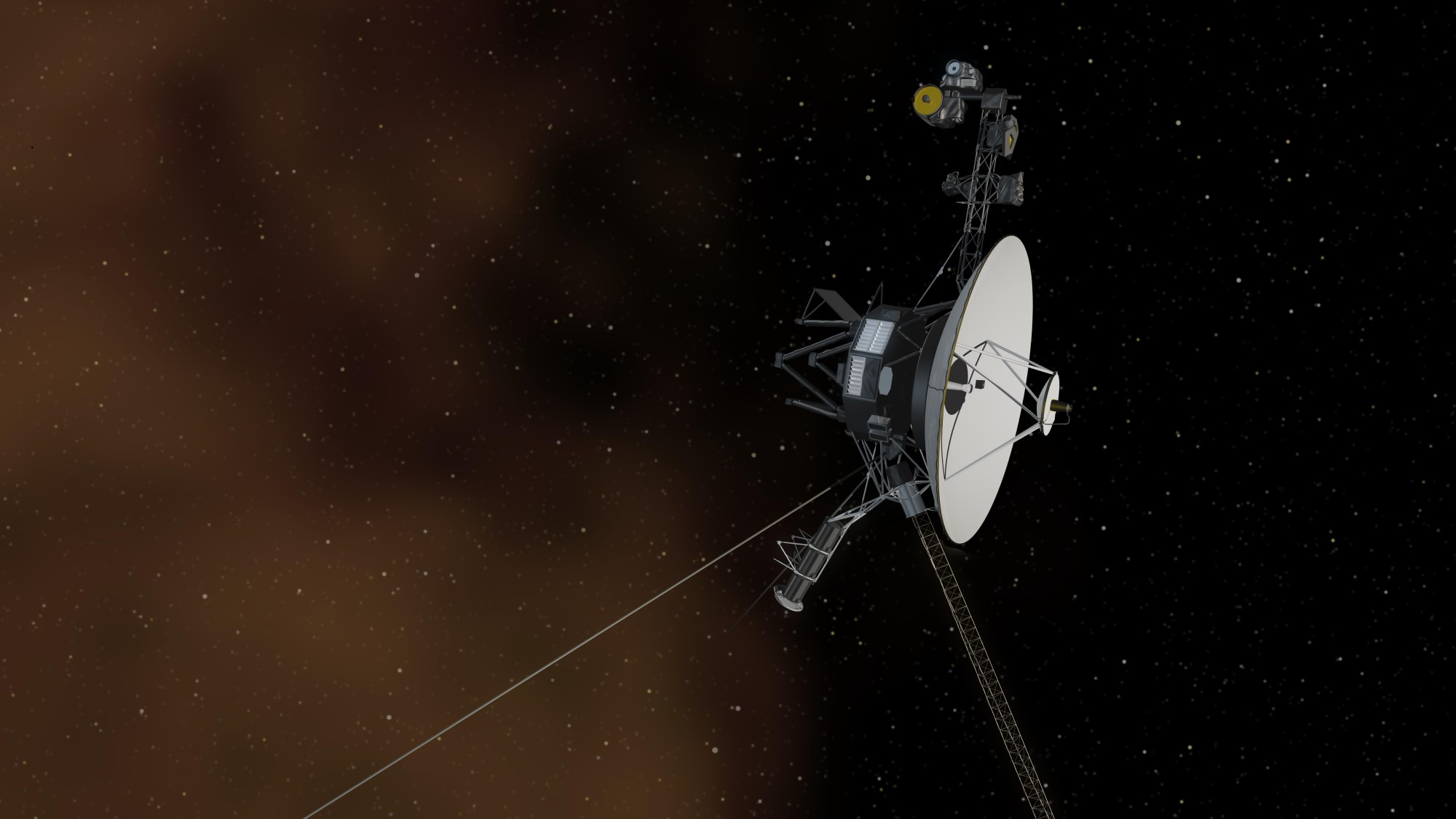
NASA's Voyager 1 glitch has scientists sad yet hopeful: 'Voyager 2 is still going strong'
By Monisha Ravisetti published
Voyager 1 hasn't spoken since December of last year. Scientists are trying to fix the historic probe, but they're also preparing to say goodbye.
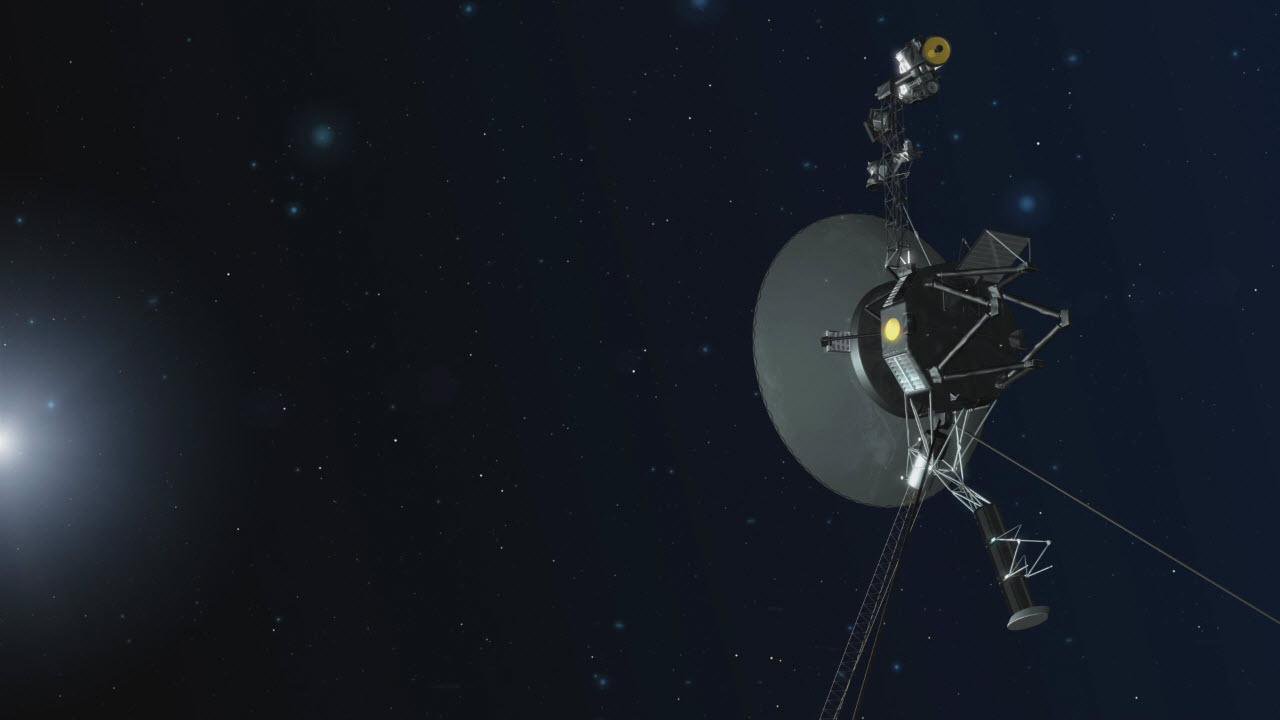
NASA's interstellar Voyager 1 spacecraft isn't doing so well — here's what we know
By Monisha Ravisetti published
NASA's Voyager 1 deep space probe started glitching last year, and scientists aren't sure they can fix it.

Zoozve — the strange 'moon' of Venus that earned its name by accident
By Monisha Ravisetti published
The first quasi-moon ever discovered is now officially named Zoozve.
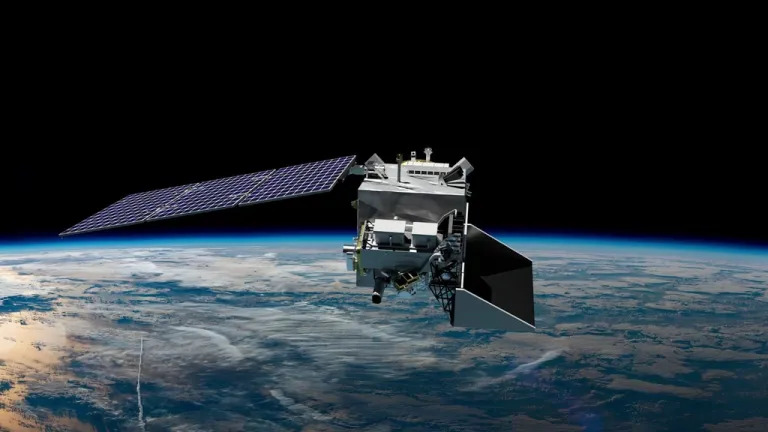
NASA's PACE satellite will study Earth's tiniest mysteries from space: Watch it launch live Feb. 8
By Monisha Ravisetti published
"It's going to teach us about the oceans in the same way that Webb is teaching us about the cosmos."
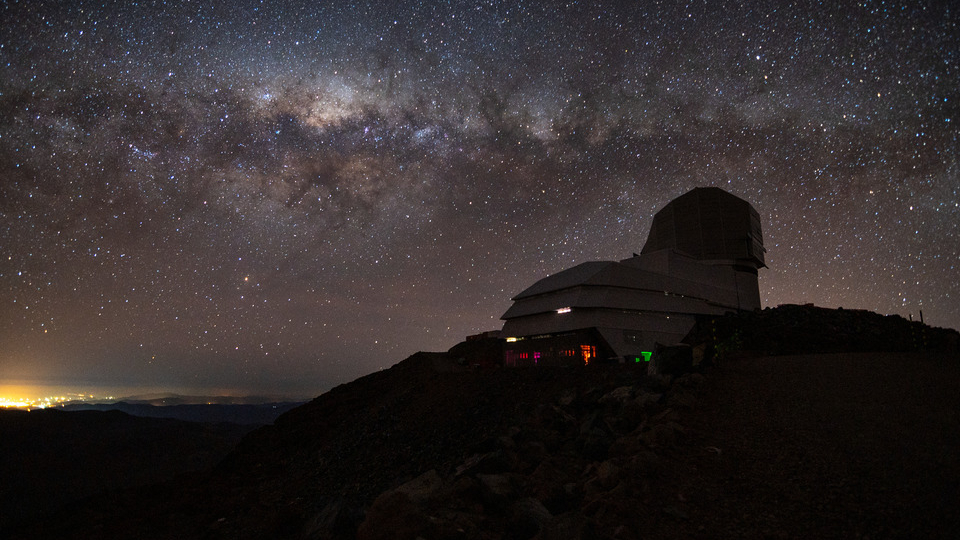
Dark energy is forcing the universe to expand. This new observatory may show us how
By Monisha Ravisetti published
The Legacy Survey of Space and Time promises to be a game changer for dark energy explorers. Here's why.
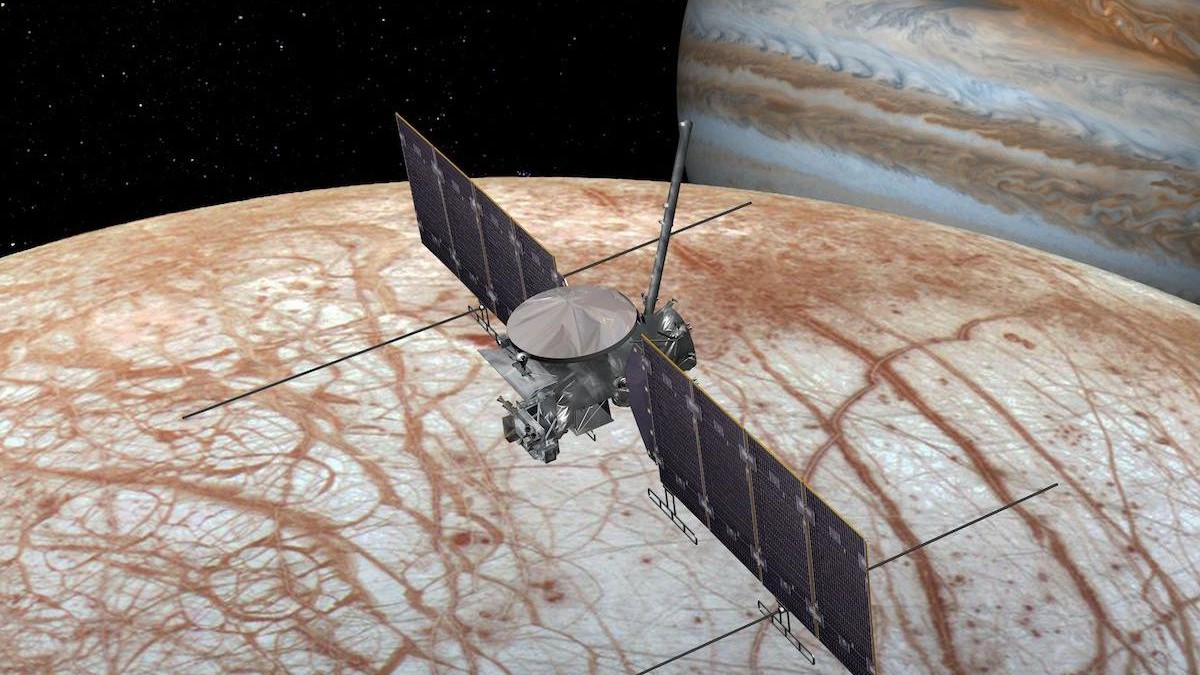
NASA's Europa Clipper gets science gear to probe ocean moon of Jupiter
By Monisha Ravisetti published
NASA has mounted all nine science instruments on its highly anticipated Europa Clipper spacecraft, which will launch toward Jupiter's icy ocean moon this year.
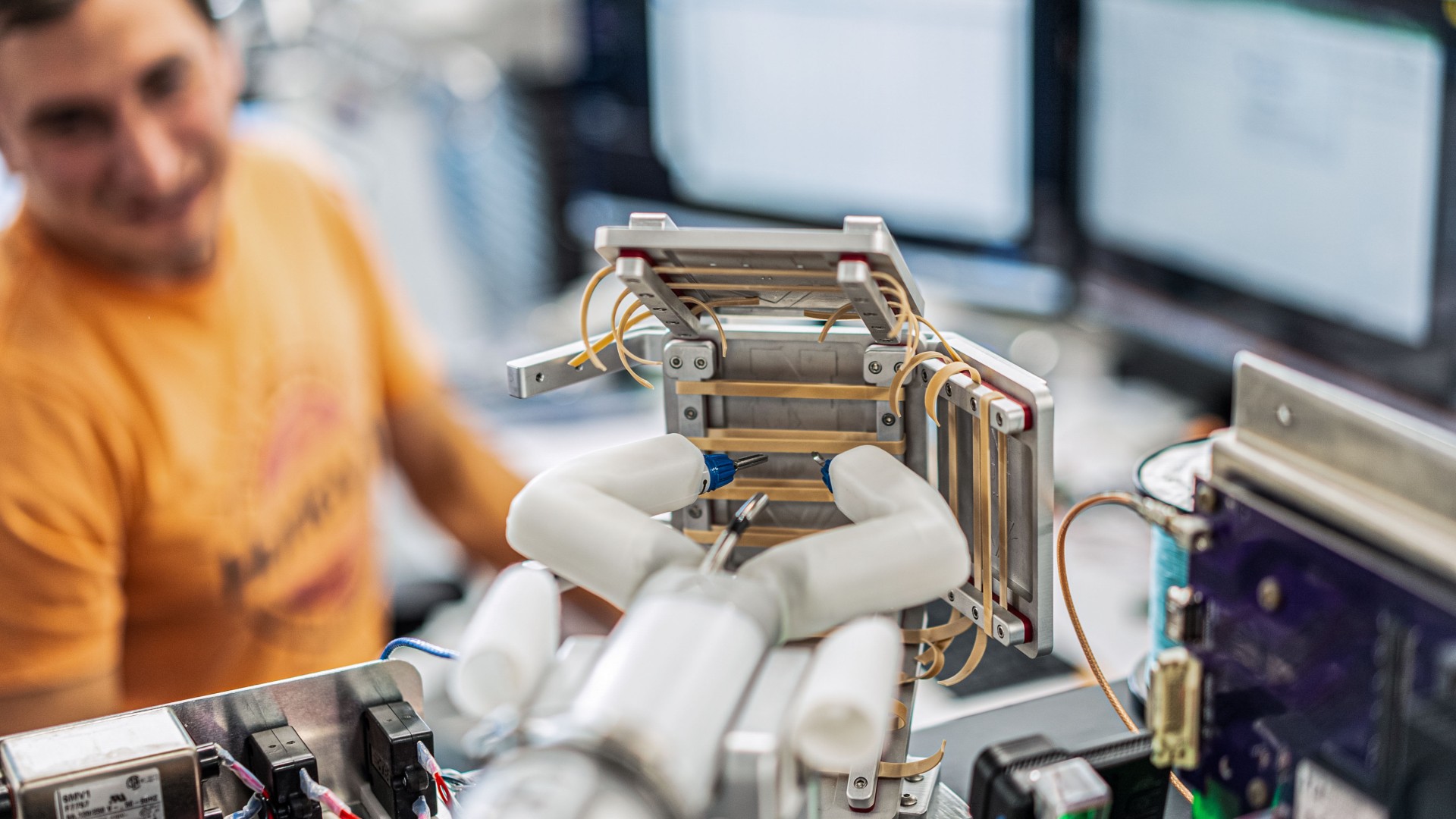
A robot surgeon is headed to the ISS to dissect simulated astronaut tissue
By Monisha Ravisetti published
The 20th planned flight of the Cygnus resupply mission will bring a slew of incredible experiments to the International Space Station.
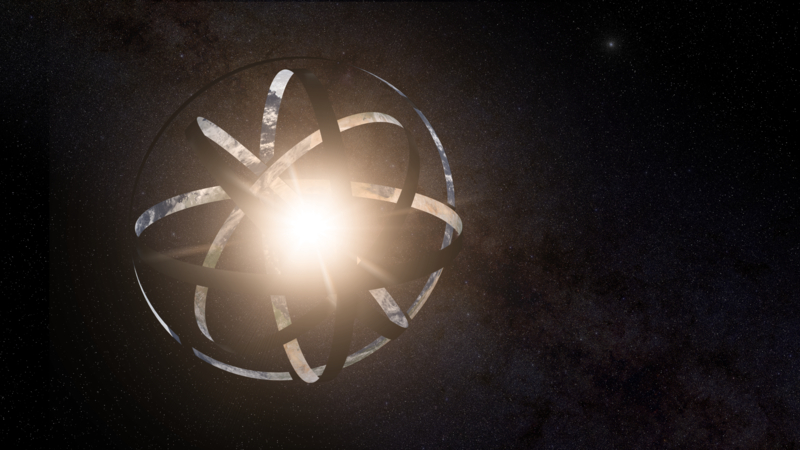
Machine learning could help track down alien technology. Here's how
By Monisha Ravisetti published
A machine learning-based search for TESS data anomalies could lead us to proof of alien life.

NASA restores contact with Mars helicopter Ingenuity after communications dropout on latest flight
By Monisha Ravisetti published
Last week, NASA lost contact with Ingenuity. But, don't worry, the agency appears to have regained communication with the beloved helicopter exploring Mars.
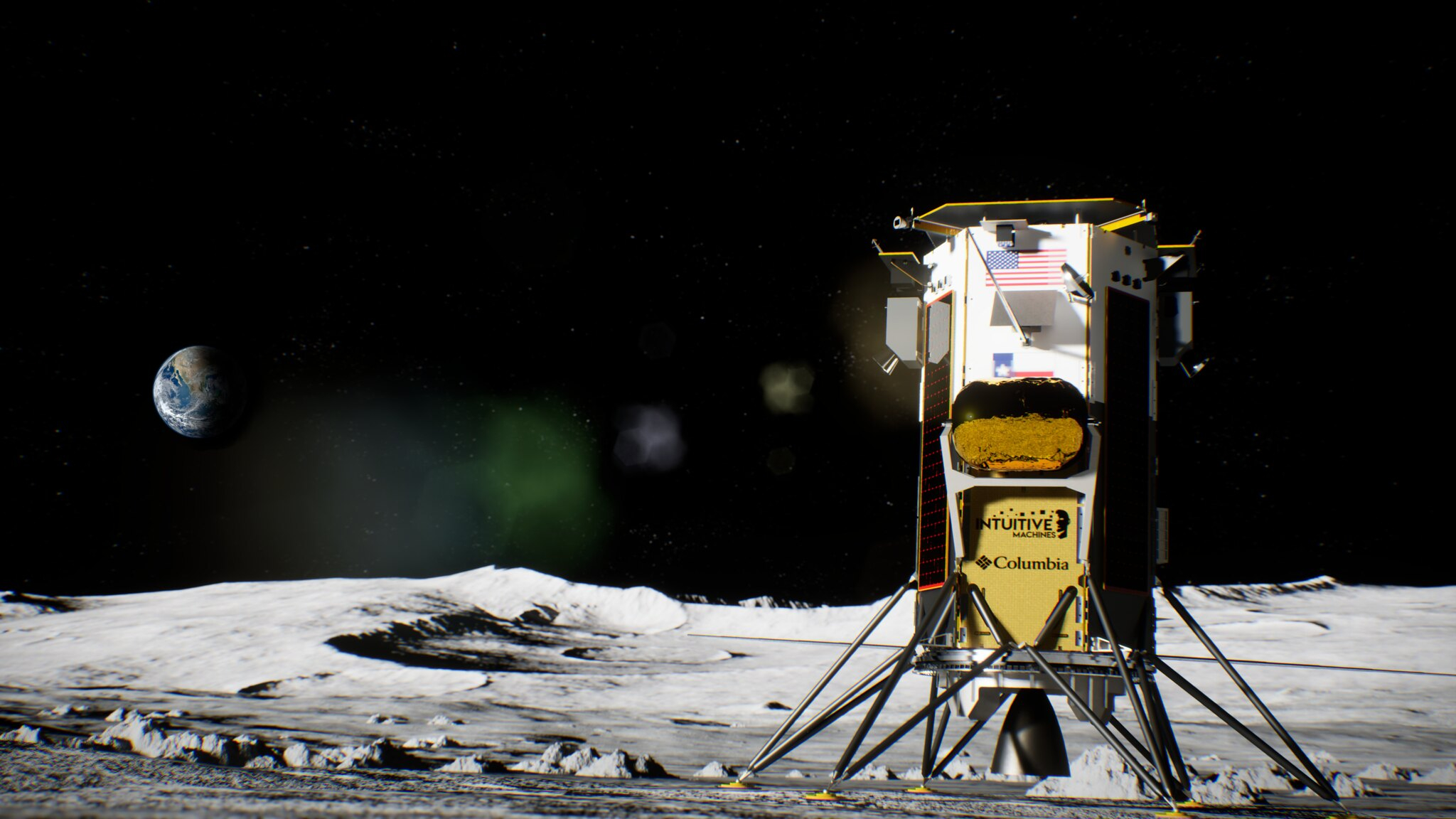
Private Peregrine moon lander failure won't stop NASA's ambitious commercial lunar program
By Monisha Ravisetti published
A radio telescope will fly to the moon on an upcoming private lunar lander.
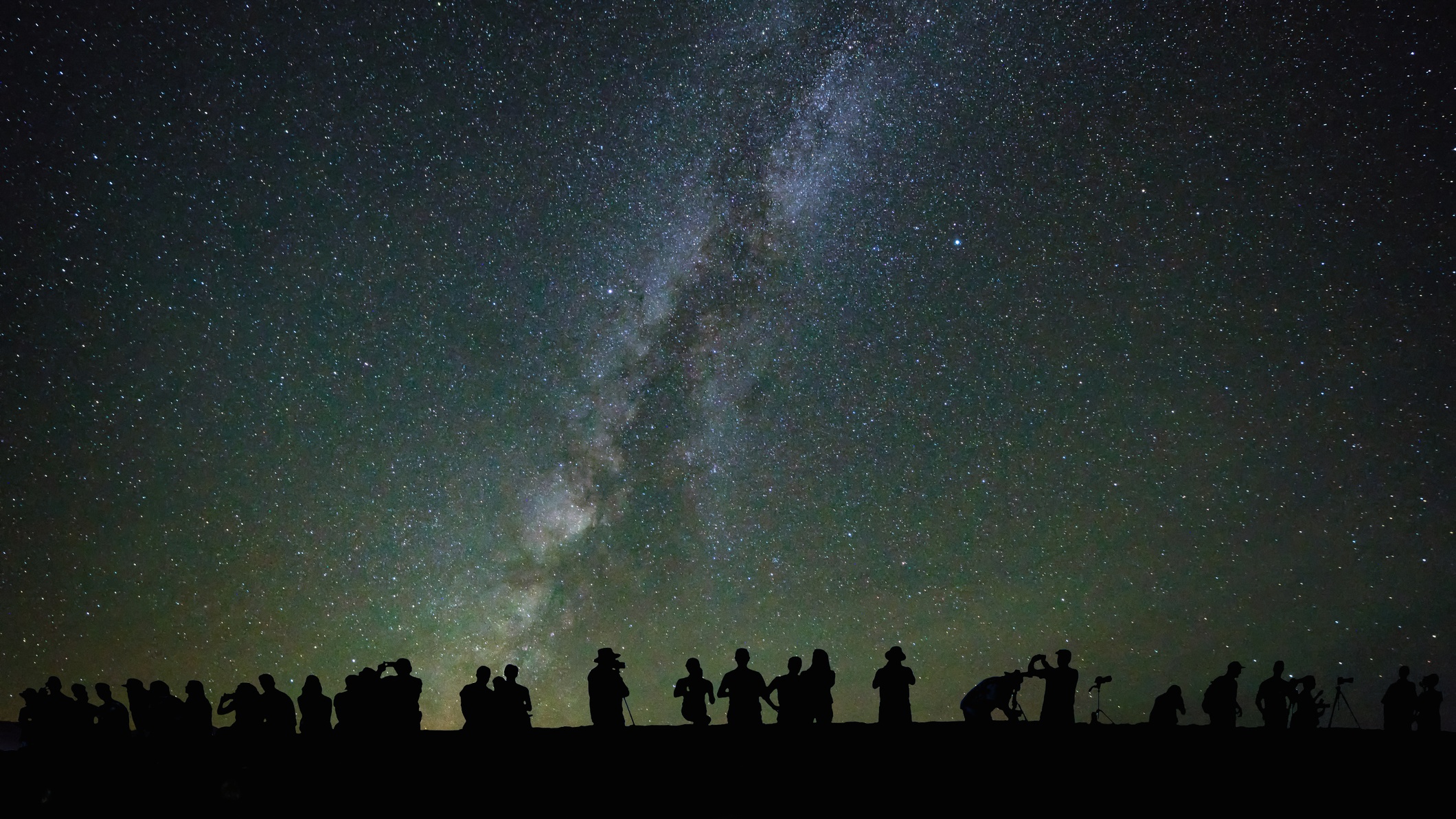
The 'Super Bowl of Astronomy' begins next week in New Orleans
By Monisha Ravisetti published
The 243rd meeting of the American Astronomical Society runs from Jan. 7 to Jan. 11, and we can't wait to see what amazing science announcements it bestows upon us.
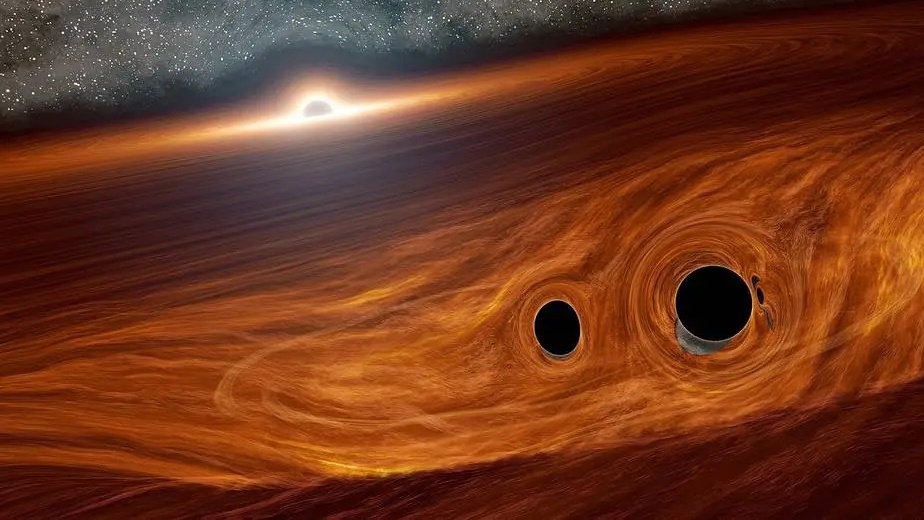
Is a black hole stuck inside the sun? No, but here's why scientists are asking
By Monisha Ravisetti published
It's possible, scientists say, that atom-sized black holes were produced during the first second of the universe's existence — and some might've gotten lodged within budding stars.
Get the Space.com Newsletter
Breaking space news, the latest updates on rocket launches, skywatching events and more!
